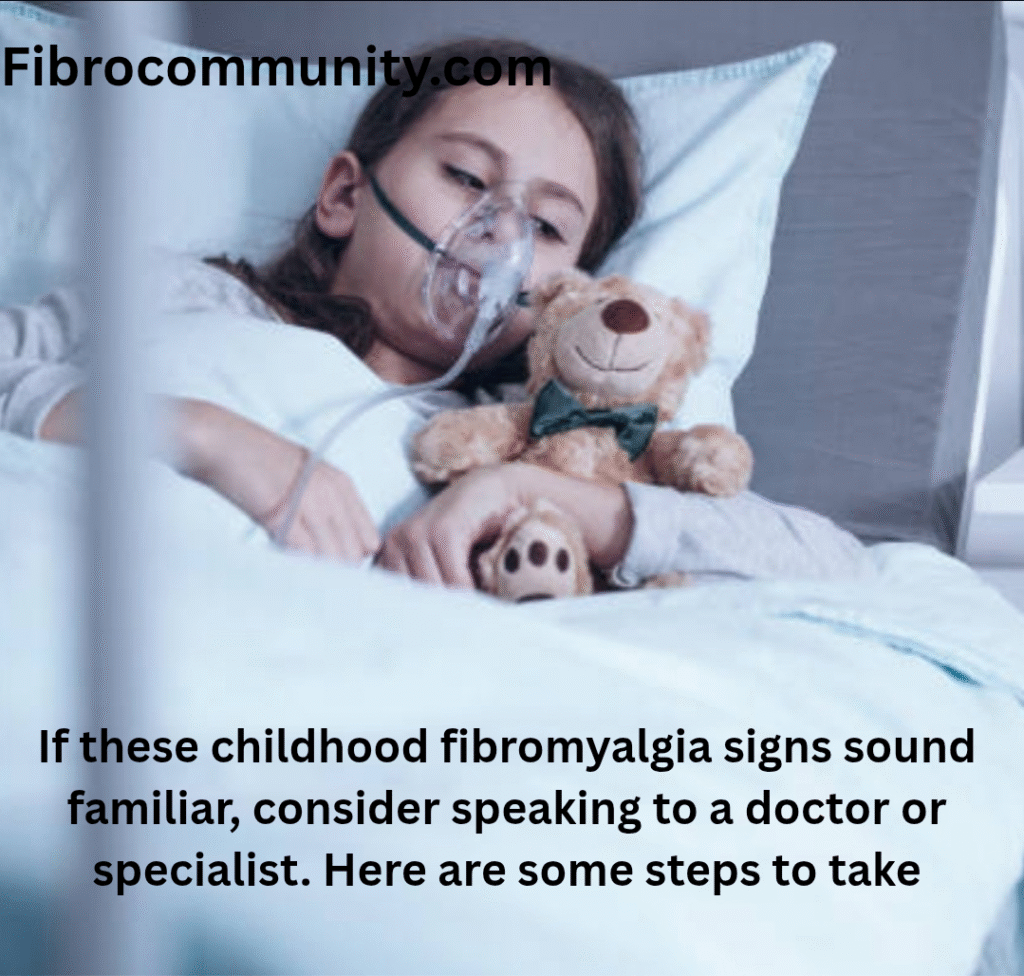
by frazzledfibro
Fibromyalgia, often abbreviated as “fibro,” is a chronic disorder characterized by widespread musculoskeletal pain, fatigue, and tenderness in localized areas. It is a complex and misunderstood condition affecting an estimated 10 million people in the United States alone. The exact cause of fibromyalgia remains unknown, but it is believed to involve a combination of genetic, environmental, and psychological factors. Some researchers also believe that fibromyalgia could be related to problems with the central nervous system, which may cause the brain to amplify pain signals.
Contents hide
1 High Blood Pressure (Hypertension): Causes and Risks
2 The Fibro Connection: How Fibromyalgia and High Blood Pressure are Linked
3 Managing Fibromyalgia and High Blood Pressure: Lifestyle Changes and Treatments
4 Medications for Fibromyalgia and High Blood Pressure
5 Natural Remedies for Fibromyalgia and Hypertension
6 Coping Strategies for Living with Fibromyalgia and High Blood Pressure
7 Conclusion: Taking Control of Your Health
Fibromyalgia symptoms can vary significantly from person to person. Still, some of the most common ones include widespread chronic pain, fatigue, sleep disturbances, cognitive difficulties (“fibro fog”), mood disorders, and irritable bowel syndrome. These symptoms can be debilitating and significantly impact a person’s quality of life. Diagnosis of fibromyalgia can be challenging, as no specific laboratory tests or imaging studies can definitively confirm the presence of the disorder. Instead, doctors rely on a combination of clinical history and physical examination, ruling out other potential causes of the symptoms.
The causes of fibromyalgia are not yet fully understood, but it is believed that the condition may result from a combination of genetic, environmental, and psychological factors. Some experts believe specific genes may predispose individuals to develop fibromyalgia, while others argue that physical or emotional trauma, infections, or other environmental factors may trigger the disorder. In some cases, fibromyalgia has been linked to certain autoimmune diseases, such as lupus or rheumatoid arthritis.
High Blood Pressure (Hypertension): Causes And Risks
High blood pressure, also known as hypertension, is a common condition that affects approximately 75 million adults in the United States. Blood pressure is the force of blood pushing against the walls of the arteries as the heart pumps blood throughout the body. When this force is consistently too high, it can lead to serious health problems like heart disease, stroke, kidney disease, and vision problems.
There are two types of hypertension: primary (essential) and secondary. Primary hypertension has no identifiable cause and is the most common type, affecting about 95% of people with high blood pressure. Secondary hypertension, on the other hand, is caused by an underlying condition, such as kidney disease or hormonal disorders, and accounts for the remaining 5% of cases.
Risk factors for high blood pressure include age, family history, race, obesity, physical inactivity, tobacco use, excessive alcohol consumption, high-sodium diet, and stress. Certain medical conditions, such as sleep apnea, kidney disease, and diabetes, can also increase the risk of developing hypertension.
The Fibro Connection: How Fibromyalgia And High Blood Pressure Are Linked
While the exact relationship between fibromyalgia and high blood pressure is not fully understood, growing evidence suggests that the two conditions may be related. Some studies have found that people with fibromyalgia are more likely to have high blood pressure than those without the disorder. Additionally, some researchers have proposed that the chronic pain and stress associated with fibromyalgia may contribute to the development of hypertension.
One theory suggests that the central sensitization that occurs in fibromyalgia may play a role in developing high blood pressure. Central sensitization is a phenomenon in which the central nervous system becomes hyper-responsive to painful and non-painful stimuli, amplifying pain signals. Some researchers believe this heightened sensitivity may also affect the body’s cardiovascular system, increasing blood pressure.
Another possible connection between fibromyalgia and hypertension involves the body’s autonomic nervous system, which regulates involuntary functions such as heart rate, blood pressure, and digestion. Some studies have found that people with fibromyalgia may have autonomic nervous system abnormalities, which could contribute to developing high blood pressure. Finally, the stress and anxiety that often accompany fibromyalgia may also raise blood pressure, as stress is a well-known risk factor for hypertension.
Managing Fibromyalgia And High Blood Pressure: Lifestyle Changes And Treatments
Managing both fibromyalgia and high blood pressure can be challenging, but it is crucial to take a proactive approach to your health to minimize the impact of these conditions on your life. Adopting healthy lifestyle habits is essential for managing both conditions, as many of the same strategies used to control high blood pressure can also help alleviate fibromyalgia symptoms. Some of these lifestyle changes include:
- Exercise: Regular physical activity can help lower blood pressure and improve overall cardiovascular health. It may also reduce fibromyalgia pain and enhance the quality of sleep. Aim for at least 30 minutes of moderate-intensity aerobic exercise, such as brisk walking or swimming, on most days of the week.
- Diet: Eating a balanced diet that is rich in fruits, vegetables, whole grains, lean protein, and healthy fats can help to lower blood pressure and promote overall health. People with fibromyalgia may also benefit from incorporating anti-inflammatory foods, such as omega-3 fatty acids in fish, into their diet.
- Stress management: Managing stress is essential for fibromyalgia and high blood pressure. Techniques such as deep breathing, meditation, yoga, and progressive muscle relaxation can help to reduce stress levels and promote relaxation.
- Sleep hygiene: Getting sufficient, high-quality sleep is crucial for managing fibromyalgia symptoms and maintaining optimal blood pressure levels. Establish a regular sleep schedule, create a comfortable sleep environment, and practice relaxation techniques before bed to improve sleep quality.
- Quit smoking and limit alcohol consumption: Smoking and excessive alcohol intake can both contribute to high blood pressure and exacerbate fibromyalgia symptoms. If you smoke, consider quitting or seeking help from a healthcare professional. Limit alcohol intake to no more than one drink per day for women and two drinks per day for men.
Medications For Fibromyalgia And High Blood Pressure
In addition to lifestyle changes, medications may be prescribed to help manage fibromyalgia and high blood pressure. It is essential to work closely with your healthcare provider to determine the most appropriate treatment plan for your specific situation.
For fibromyalgia, medications commonly prescribed include:
- Antidepressants: Some antidepressants, such as amitriptyline, duloxetine, and milnacipran, have been shown to help reduce fibromyalgia pain and improve sleep quality.
- Anti-seizure medications: Gabapentin and pregabalin are anti-seizure medications that may help to reduce pain and improve sleep in people with fibromyalgia.
- Pain relievers: Over-the-counter pain relievers, such as acetaminophen, ibuprofen, or naproxen, may be recommended to help manage fibromyalgia pain. Sometimes, prescription-strength pain relievers or opioids may be prescribed for short-term use.
For high blood pressure, medications commonly prescribed include:
- Diuretics: Also known as “water pills,” diuretics help the kidneys remove excess sodium and water from the body, which can help to lower blood pressure.
- Beta-blockers: These medications work by blocking the effects of epinephrine, which helps lower heart rate and blood pressure.
- Angiotensin-converting enzyme (ACE) inhibitors: ACE inhibitors help to relax blood vessels by preventing the formation of a hormone called angiotensin II, which can cause blood vessels to be narrow.
- Calcium channel blockers: These medications help to relax the muscles of the blood vessels and slow the heart rate, which can help to lower blood pressure.
It is important to note that some medications used to treat high blood pressure may interact with medicines used to treat fibromyalgia or worsen fibromyalgia symptoms. Discuss any potential interactions with your healthcare provider before starting any new medications.
Natural Remedies For Fibromyalgia And Hypertension
In addition to conventional treatments, some people with fibromyalgia and high blood pressure may find relief from natural remedies, such as supplements, herbs, and alternative therapies. Always consult your healthcare provider before trying natural remedies, as they may interact with your current medications or cause adverse effects.
Some natural remedies that may be beneficial for fibromyalgia and hypertension include:
- Magnesium: Low magnesium levels have been associated with fibromyalgia and high blood pressure. Supplementing with magnesium may help to improve fibromyalgia symptoms and reduce blood pressure.
- Vitamin D: Some studies have suggested that people with fibromyalgia may have low vitamin D levels, which could contribute to their symptoms. Supplementing with vitamin D may improve pain and fatigue in some individuals.
- Coenzyme Q10 (CoQ10): CoQ10 is a naturally occurring antioxidant shown to help lower blood pressure and improve heart health. Some research suggests that it is also beneficial for fibromyalgia symptoms.
- Acupuncture: This ancient Chinese practice involves the insertion of thin needles into specific points on the body to help balance the flow of energy and alleviate pain. Some studies have found that acupuncture helps reduce fibromyalgia pain and improve sleep quality.
- Massage therapy: Regular massage therapy may help to reduce fibromyalgia pain, improve sleep, and lower blood pressure by promoting relaxation and reducing stress.
Coping Strategies For Living With Fibromyalgia And High Blood Pressure
Living with fibromyalgia and high blood pressure can be challenging, but several coping strategies can help to improve your quality of life:
- Educate yourself: Learn as much as possible about both conditions, including their symptoms, causes, treatments, and lifestyle modifications. This knowledge will empower you to make informed choices about your health and help you to communicate better with your healthcare provider.
- Seek support: Join a support group or connect with others with fibromyalgia and high blood pressure through online forums or social media. Sharing your experiences and learning from others can help to reduce feelings of isolation and provide valuable coping strategies.
- Practice self-care: Prioritize your physical and emotional well-being by engaging in activities that nurture your body and mind. This might include regular exercise, a healthy diet, stress reduction techniques, and activities that bring you joy and relaxation.
- Set realistic goals: Break larger tasks into smaller, more manageable steps, and set realistic goals for yourself. This can help you feel more in control and less overwhelmed by the challenges of fibromyalgia and high blood pressure.
- Communicate with your healthcare team: Keep an open line of communication with your healthcare provider and be honest about your symptoms, concerns, and any changes in your health status. Work together to develop a comprehensive treatment plan that addresses your fibromyalgia and high blood pressure, and be sure to ask any questions you may have.
- Practice stress management: Stress can exacerbate both fibromyalgia and high blood pressure symptoms, so it is essential to have a plan to manage stress. This might include deep breathing, meditation, yoga, or other relaxation techniques.
- Get regular check-ups: Regular check-ups with your healthcare provider can help monitor your fibromyalgia and high blood pressure and catch any potential issues early on. Follow any recommended screenings or tests to ensure that both conditions are properly managed.
Conclusion: Taking Control Of Your Health
Living with fibromyalgia and high blood pressure can be challenging, but it is essential to take a proactive approach to your health to minimize the impact of these conditions on your life. By adopting healthy lifestyle habits, working closely with your healthcare provider, and utilizing both conventional and natural treatments, you can take control of your fibro and hypertension and improve your overall quality of life.
Reference<https://onefrazzledfibro.com/link-between-fibromyalgia-and-high-blood-pressure/



